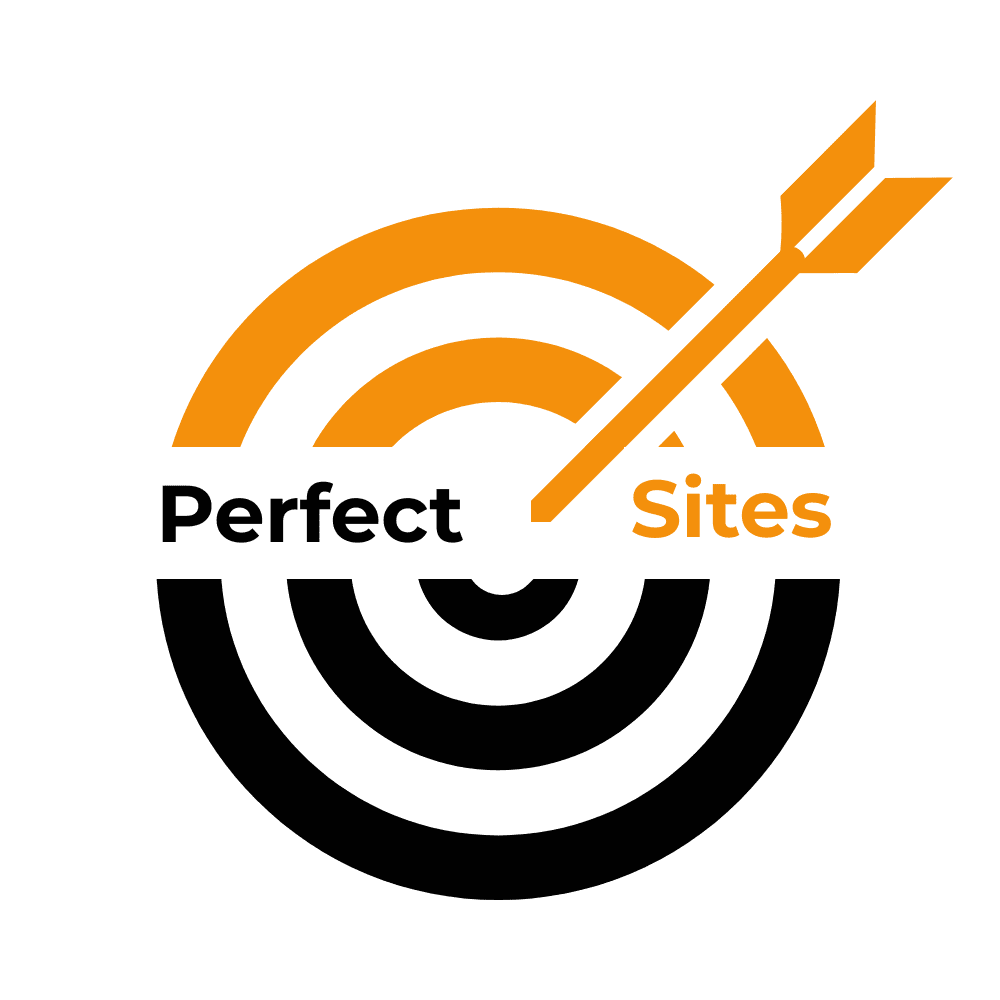Launching a business website in San Francisco is a bit like opening a coffee shop on Valencia Street. You can’t just hang a sign and hope for foot traffic. You need a killer roast, a vibe that makes people linger, and a menu that speaks fluent oat milk. Same goes for your site. It has to be fast, smart, good-looking, and clearly built by someone who understands the neighborhood.
Let’s break down what that actually means.
Start with the landscape: it’s digital, fast, and very picky
San Francisco isn’t just tech-savvy; it’s tech-spoiled. Over 90% of households here have broadband internet, which means people expect sites to load instantly, look sharp on any device, and work without hiccups. If your homepage stutters or your buttons feel clunky, they’ll bounce faster than a VC from a pitch deck with no revenue model.
Source: U.S. Census QuickFacts
And because the city sits next door to Silicon Valley, your competition isn’t just the store down the block; it’s every startup, SaaS platform, and side hustle with a Squarespace account and a friend who knows React. So no, a basic template won’t cut it. You need a clean UX, strong SEO, and a voice that actually says something.
Local SEO isn’t optional; it’s survival
If you want to show up when someone googles “custom bikes in the Mission” or “accountant near SoMa,” you’ve got to speak Google’s local language. That means setting up your Google Business Profile, using keywords that include your neighborhood or district, and getting listed in places like SF Gate or Hoodline. Think of it as digital elbow-rubbing.
And yes, NAP consistency matters. That’s your Name, Address, Phone number. If it’s different on Yelp than it is on your footer, Google gets confused. Confused Google is not your friend.
BrightLocal and Whitespark are two tools that can help you keep track of all this without losing your mind.
Speed is the price of entry
Google says 53% of mobile users will ditch a site that takes more than 3 seconds to load. That’s not a threat; it’s a promise. San Francisco users are used to apps that open before they finish clicking. Your site has to keep up.
Use Google PageSpeed Insights or GTmetrix to see where you’re lagging. And if you’re starting from scratch, consider a JAMstack setup or a headless CMS. They’re not just buzzwords; they’re fast, flexible, and built for growth.
Sources:
Think with Google,
PageSpeed Insights, GTmetrix
Design like a local: minimal, but with feeling
San Francisco has a specific aesthetic. It’s clean, modern, and usually hiding something clever under the surface. Think Apple Store meets mural alley.
So yes, go for a minimalist layout, but don’t be afraid of bold typography, subtle motion, or interactive storytelling. If your brand cares about sustainability, equity, or community, say so. These aren’t just buzzwords here; they’re expectations.
Tech integrations aren’t just nice; they’re expected
Especially if you’re B2B. Your clients probably live in Salesforce, HubSpot, or Slack. If your site can talk to those platforms, you’ve already made their lives easier. That matters.
Also, think local. Square is headquartered in SF. If you’re selling anything—coffee, consulting, custom furniture—it makes sense to integrate with tools people here already trust.
Credibility lives in the details: testimonials, logos, and local faces
If you’ve worked with local clients, show them off. Their words carry more weight than your own. A testimonial from a Hayes Valley florist or a Dogpatch dev studio says, “We get it. We’re part of this city.”
And if you’re still building that client base, consider hiring local creatives. A photographer who knows how to shoot in SF light. A copywriter who doesn’t need to Google what “Muni” is. These things matter more than you think.
Don’t skip accessibility and privacy; California won’t let you
California’s digital laws are no joke. If your site isn’t ADA compliant, you’re not just alienating users; you’re opening yourself up to legal risk. Same goes for privacy. Under the CCPA, users need to know what data you’re collecting and why.
So yes, you need alt text on all images. Your site should be navigable by keyboard. You need SSL encryption, a privacy policy, and that little cookie banner everyone loves to ignore.
Sources:
ADA Web Guidance, CCPA – California Attorney General
Launch isn’t the end. It’s the beginning.
Once your site is live, the real work starts. Use Hotjar to watch how people actually
use it. Use Google Analytics 4 to see where they drop off. Run A/B tests with Optimizely to tweak headlines, layouts, or CTAs.
Your website should feel like a living thing. Not a brochure. Not a billboard. Something that grows, adapts, and gets smarter over time.
You’re not just launching a site. You’re building momentum.
Because in San Francisco, standing still is the fastest way to disappear.
That’s the view from the ground.
We’ll be back soon with more real-world insights.
Until then, keep building.
– Perfect Sites Blog
[attach 1]
